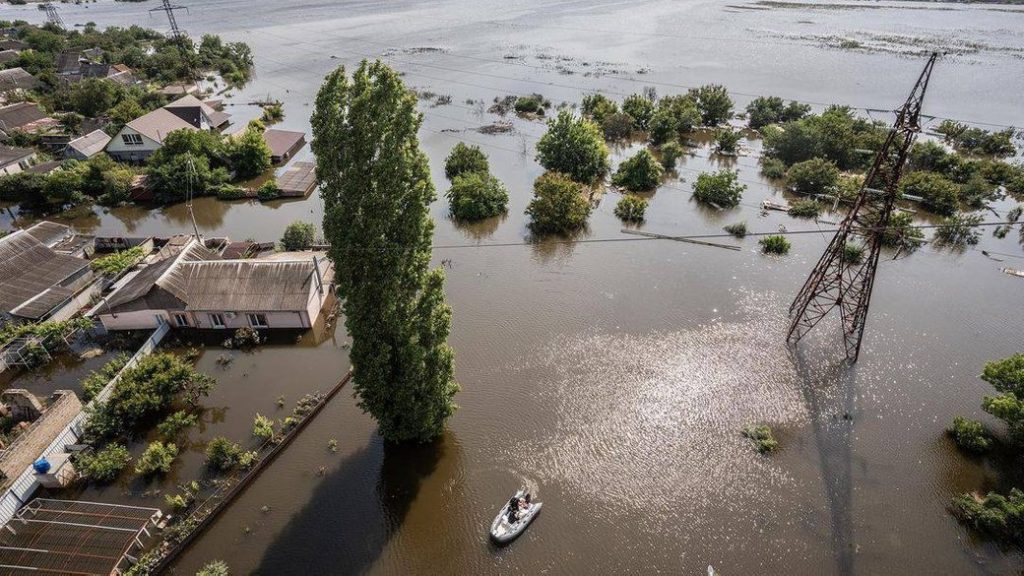Key facts
According to the report, the direct damage to infrastructure and assets amounted to $2.79 billion, and the amount of losses exceeded $11 billion.
Long-term environmental impacts are considered the biggest challenge, with direct damage to infrastructure and assets being greatest in the energy and housing sectors.
The initial estimate of total recovery needs is $5.04 billion, and this figure is expected to grow as more detailed assessments are made.
It is noted that in the short term, $1.82 billion will be needed for recovery measures this year and next.
According to the report, the post-disaster needs assessment will be refined as part of the next round of the Rapid Damage and Recovery Needs Assessment (RDNA), which is being carried out by the government of Ukraine, the UN, the World Bank and the European Union.
Context
On June 6, Russians blew up the Kakhovka hydroelectric power plant. On the same day, the government allocated UAH 1.5 billion from the Armed Aggression Relief Fund, and the Recovery Agency took over the implementation of water pipeline construction projects.
It will take at least five years and about $1 billion to rebuild the Kakhovka hydroelectric power plant, Ihor Syrota, head of the state-owned Ukrhydroenergo, told Forbes. According to Ukrhydroenergo's calculations, it will cost between $800 million and $1 billion to build a new hydroelectric power plant. In addition to the plant, a bridge and railroad crossing would have to be built. All of this has been destroyed, he noted. "If we work 24/7, it will take five years. And we will do it," emphasized Syrota.
As noted by First Vice Prime Minister and Minister of Economy Yulia Svyrydenko, the aggressor state's terrorist attack on the Kakhovka hydroelectric power plant caused extreme damage to the country's economy and the environment of the surrounding regions. Irrigation systems on 5800 square kilometers of farmland, which grew about 2 million tons of grain per year, were left without water sources. Industrial enterprises in the regions also suffer from water shortages. The region has lost 335 MW of renewable electricity capacity. In addition, without the restoration of the Kakhovka reservoir, it is impossible to fully resume the operation of the Zaporizhzhia NPP after the de-occupation of the plant, Svyrydenko noted.
The direct losses caused by the explosion of the Kakhovka HPP amount to at least $2 billion. This includes losses in the housing and utilities sector, energy, agriculture, transportation, environment, and industry. These data are presented in the first analysis by KSE Institute experts in cooperation with the President's Office, the Ministry of Economy and the Ministry of Infrastructure.
PigUA.info bу bizagro.com.ua



